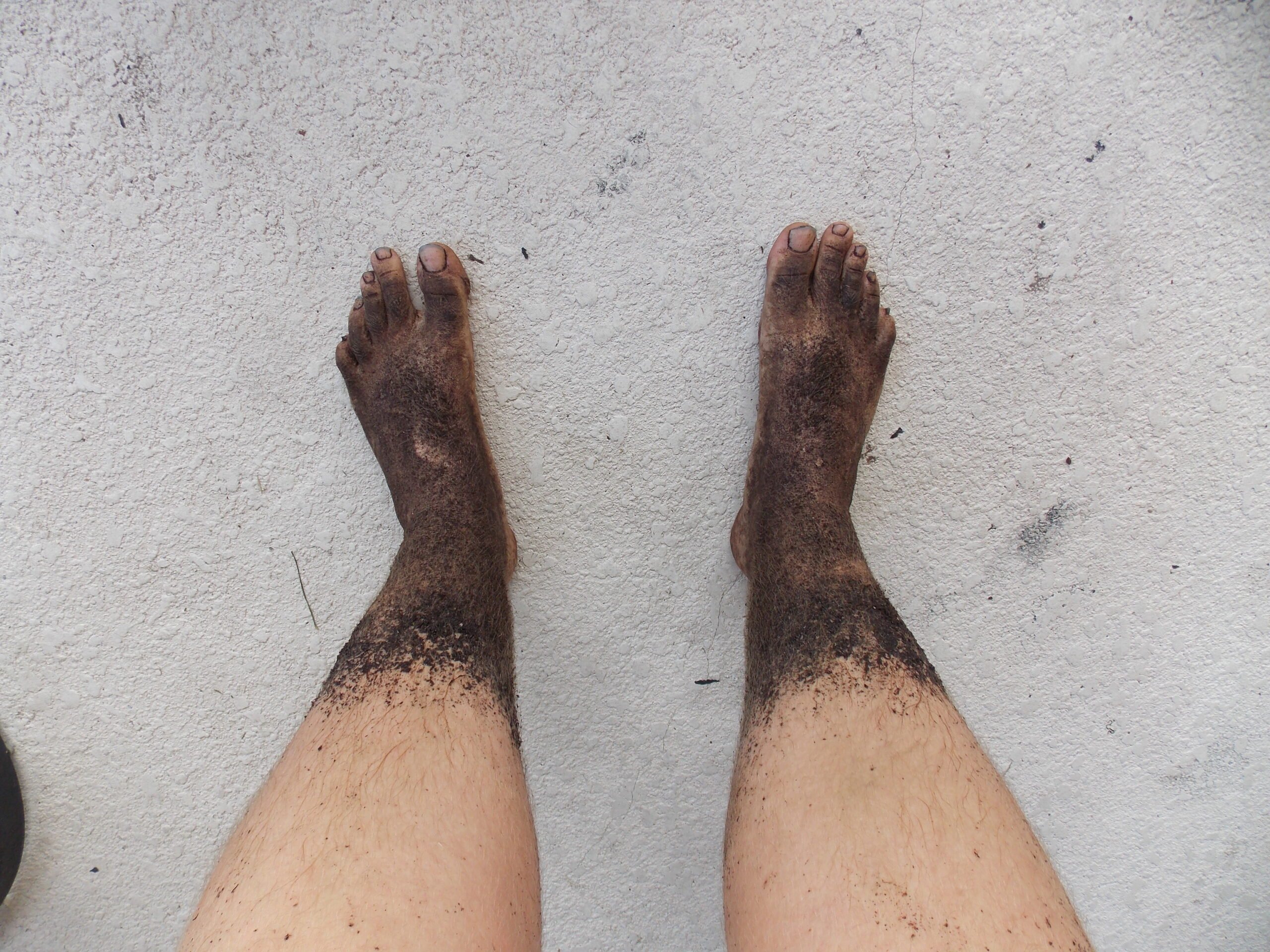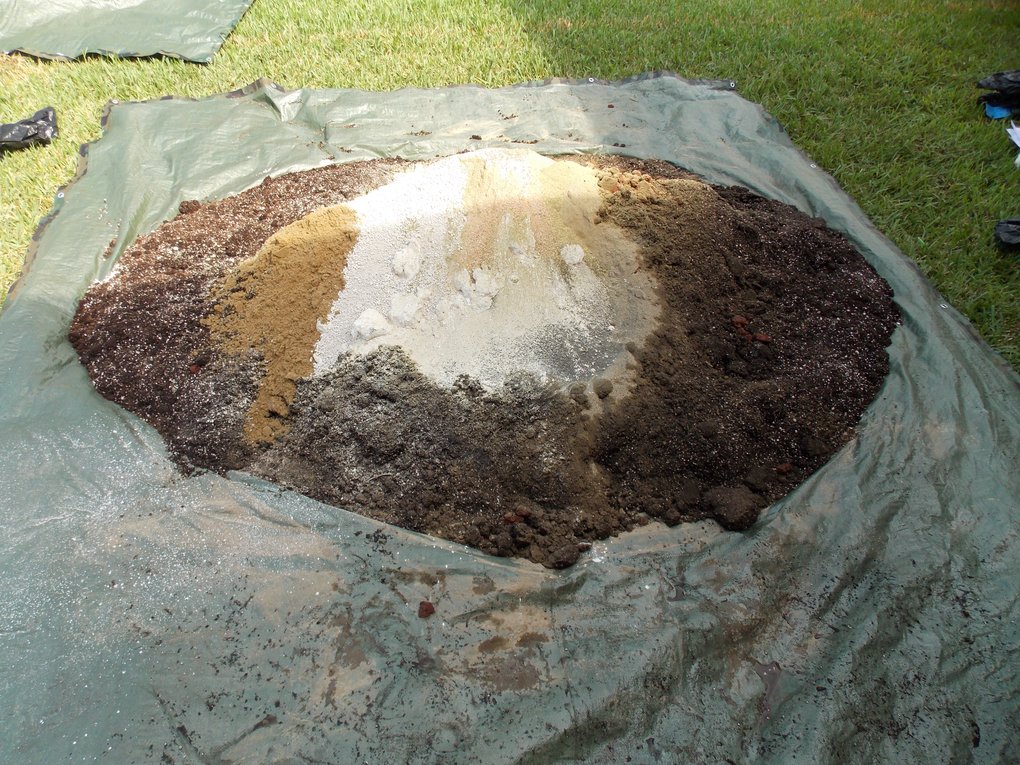Understanding Living Soil
Living soil encompasses various disciplines, often leaving beginners overwhelmed. If you’re wondering where to begin, it all starts with nutrient interactions. To craft the perfect soil, one must grasp concepts like cation and anion interactions, biology, cation exchange capacity, atomic weights of amendments, nutrient sources, aeration, and inert media. Think of living soil as both a bustling ecosystem and a continuous chemical dance between compounds – whether they’re provided by our chosen amendments, exuded by plant roots, or secreted by microbes such as bacteria, protozoa, and fungi.
Ions and Nutrient Sources
Ions, which are elements that have either gained or lost an electron, are essential in forming covalent bonds in soil. They act as nutrient sources for plants and biology. Though not technically nutrients, their ionic form in soil serves as a significant nutrient source. These are divided into Cations and Anions, the basic building blocks for plants. Their interplay defines soil structure, fertility, plant health, microbial diversity, and activity. Factors like soil pH, microbial presence, redox potential, salinity, temperature, water content, and organic matter influence the availability of many elements.
Cations include:
-
- Hydrogen (H⁺)
- Potassium (K⁺)
- Calcium (Ca²⁺)
- Magnesium (Mg²⁺)
- Ammonium (NH₄⁺)
- Iron (Fe²⁺ and Fe³⁺) – Ferrous (Fe²⁺), and Ferric (Fe³⁺) forms
- Manganese (Mn²⁺)
- Zinc (Zn²⁺)
- Copper (Cu²⁺)
Anions include:
-
- Nitrate (NO₃⁻)
- Phosphate (H₂PO₄⁻ and HPO₄²⁻)
- Sulfate (SO₄²⁻)
- Chloride (Cl⁻)
- Molybdate (MoO₄²⁻)
- Borate (B(OH)₄⁻)
Soil Balancing Theory and Nutrient Interactions
These ions have ideal ranges based on soil balancing theory, determined by a soil’s cation exchange capacity. An imbalance can result in suboptimal chemical reactions, leading to poor nutrient availability. As highlighted earlier, several variables influence these nutrients, with soil pH being a major one. pH affects the solubility of nutrients, charge of colloids, and chelation of nutrients, influencing nutrient availability. Also, pH plays a role in determining the microbial populations in soils.
Microbes and Nutrient Availability
Microbes play a pivotal role in nutrient availability. They decompose organic matter, fix nitrogen, convert ammonium to nitrate, solubilize phosphorus, cycle sulfur, and influence nutrient availability based on environmental cues. Beyond this, they produce enzymes to boost nutrient uptake, suppress diseases, enhance plant health, and improve soil structure. Anaerobic conditions can lead to nitrogen loss, emphasizing the importance of soil aeration.
Cation Exchange Capacity and Soil Building
Cation exchange capacity (CEC) is foundational in soil building. It measures how many cations a soil can retain for plant roots. Several factors influence CEC, including the presence of clay and organic matter. Notably, peat moss, a decomposed organic matter, has CEC. However, peat moss can compact over time, highlighting the role of companion plants in soil health. Another option, coco coir, offers moderate CEC and excellent aeration, but it’s crucial to consider its salt content.
The Importance of CEC
CEC doesn’t inherently make a soil superior; it indicates its nutrient-holding capacity. Re-amending soils to replace lost nutrients is common, and a CEC doesn’t guarantee faster or stronger plant growth. Soil building is about balancing priorities based on research, personal preferences, and ever-evolving knowledge.
The Juice Is Worth The Squeeze
This article is just the beginning. Soil building is intricate, but this foundation prepares you for the advanced concepts ahead. Embracing this skill makes you a cultivation powerhouse. Not only will you master soil creation, but you’ll also revive land and restore its vitality. Stay tuned for the next article, where we’ll delve deeper into these themes.  mixing soil with your feet
mixing soil with your feet
Below I have included a soil mix that has been meticulously balanced with the theories mentioned above. The soil mix is for 4 cubic feet of soil. Cannabis growing in living soil has a difficult obstacle to overcome, nitrogen late in flower. The soil mix listed is intentionally built with low nitrogen so the grower can control nitrogen levels by adding amino acids through the growth cycle, which is a fantastic solution to the problem. This approach is the same approach I use to limit nitrogen late in flower. Nitrogen does not heavily antagonize other elements, but in extreme deficiencies, it will antagonize calcium, magnesium and copper uptake. This mix has a lot of benefits, and can be used as a no till living soil mix for soil beds. I personally know of people using this mix that have ran in the same soil over 30 times, after each use it is crucial to soil test and reammend to fill any nutrient gaps in the soil profile. If you don’t want to run a low nitrogen mix you can add 2 cups of alfalfa meal.
Lovelight Medicinals Mix By Tim Hanrahan
Base Cation Saturation Ratio: 80:12:4 with P=K and B:Ca = 1:1000
- 40% Peat
- 20% High-Quality Compost: This includes earthworm castings, compost, and mushroom compost.
- 20% Aeration: I prefer using perlite in various size chunks for aeration
Soil Amendments:
- 560g of the following:
- Soft Rock Phosphate: Contains Ca, P, trace minerals, and is a highly reactive colloidal clay.
- Wollostonite (Cal-sil): Provides Ca and Si.
- Zeolite: A unique clay with K, ammonium storage, and K storage properties.
- Shrimp Meal: Rich in N, Ca, P, and Chitin.
- 420g of the following:
- Gypsum: Source of Ca and S.
- Fish Bone Meal: Contains N, Ca, and P.
- 280g of the following:
- Tennessee Brown Rock Phosphate: Offers Ca, P, and trace minerals.
- Kelp: Packed with K, Mg, S, trace minerals, and hormones.
- 140g: Sun-po-Mg, which provides Mg, K, and S.
- Additionally, add 2 cups of each: Granite, Basalt, Dry Humates, and Bio-char.
Further Reading:
-
- Availability of nutrients and covalent bonding
-
Microbes and nutrient availability
-
About the Author: Luna Whitcomb
Luna Whitcomb is a seasoned pioneer in organic cannabis cultivation with over 14 years of diverse experience. Her expertise spans from crafting rich living soils teeming with symbiotic biology to integrating cutting-edge cultivation techniques. Luna has cultivated over 3.6 million cannabis plants, educating thousands through platforms like SKUNK Magazine, Patreon, and Youtube. Currently based in Oregon, she manages her own farm, supplying premium cannabis and nurturing her unique genetics line. Luna’s passion for the science of soil and cultivation enriches her contributions to Greenpoint Seeds, making her insights invaluable to readers and fellow cultivators.


Another great read buy ms. Whitcomb thank you to greenpoint for this informative information learned a lot.